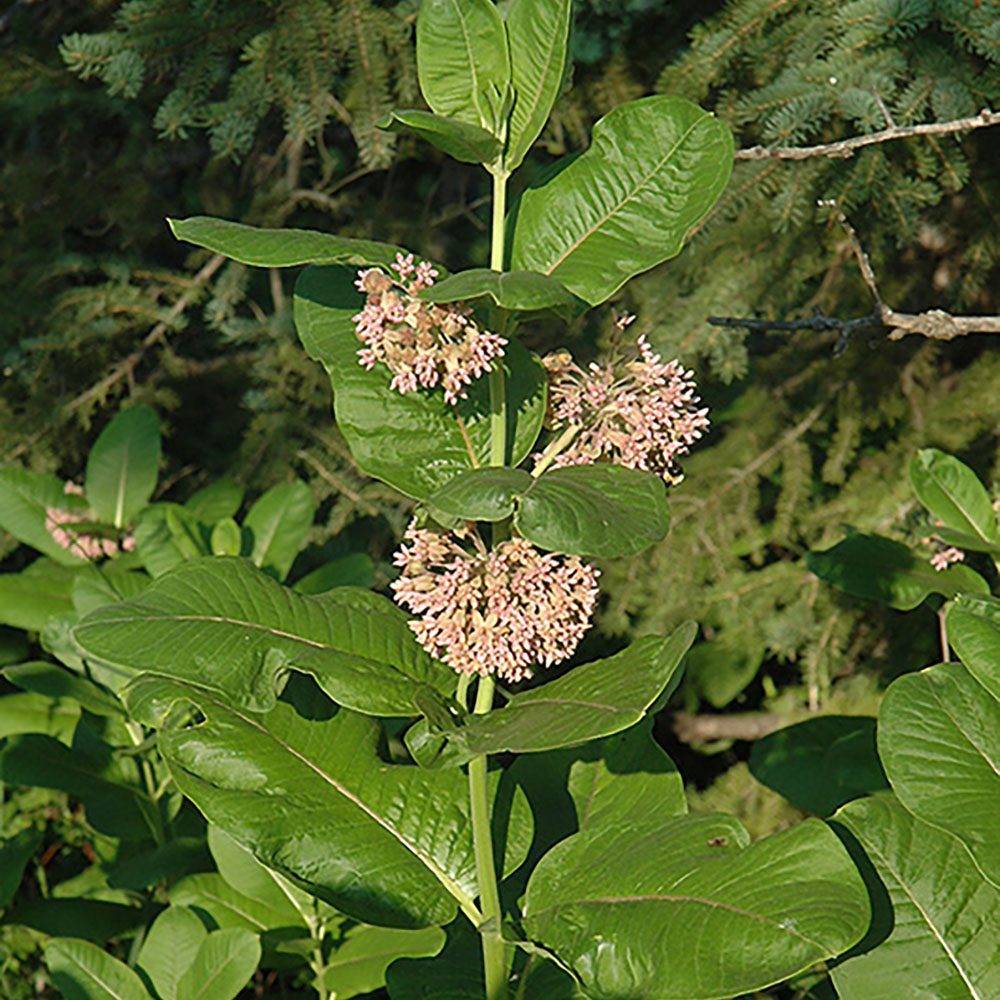Common Milkweed in Chicagoland: A Zone 5 Native Plant for Pollinators
If you’re gardening in Zones 4-9, especially in the Chicagoland area, common milkweed (Asclepias syriaca) deserves a place in your landscape. This hardy native perennial is more than just a pretty face—it’s a lifeline for pollinators, a staple for monarch butterflies, and a low-maintenance joy for gardeners who love both beauty and purpose.
Why Common Milkweed is Perfect for Zone 4-9 Gardens
Benefits for Monarch Butterflies and Local Pollinators
Common milkweed is an essential host plant for monarch butterfly caterpillars, making it vital for their survival. Its fragrant clusters of pinkish-purple flowers are rich in nectar, attracting bees, butterflies, and even hummingbirds. By planting milkweed, you’re directly supporting the pollinator populations that keep our local ecosystem thriving.
Low-Maintenance Beauty in the Chicagoland Climate
Native in 39 US states including Illinois, common milkweed thrives in our region’s conditions. It handles everything from sandy, dry soils to average garden soil and needs little care once established. It’s drought-tolerant, hardy, and perfectly adapted to Chicago’s hot summers and cold, snowy winters.
How to Grow Common Milkweed in Illinois
Soil, Sunlight, and Water Requirements
- Soil: Prefers well-draining sandy or loamy soil; avoid soggy locations.
- Sunlight: Requires full sun—at least 6–8 hours per day.
- Watering: Water regularly when young; once mature, natural rainfall is usually enough.
-
Spacing and Planting Tips for Healthy Growth
Give each plant 18–24 inches of space but can spread up to 34 inches. Milkweed spreads by underground rhizomes and by seed, so be mindful if you’re planting in a small garden. Perfect) for larger spaces or naturalized areas, let it spread freely for a beautiful, wildlife-friendly meadow effect.
Milkweed’s Role in the Local Ecosystem
Supporting Monarch Migration
Each year, monarchs migrate thousands of miles, stopping in Chicagoland gardens to lay eggs on milkweed. Without this plant, their journey—and survival—would be in jeopardy.
Attracting Bees, Butterflies, and Hummingbirds
Beyond monarchs, common milkweed is a nectar powerhouse for a variety of pollinators. Planting it helps maintain biodiversity and keeps pollinator populations strong.
Tips for Managing Milkweed in the Garden
Controlling Spread and Self-Seeding
Milkweed can be assertive. Remove seed pods before they open if you want to limit it spreading to unwanted areas in your gardens, or deadhead spent flowers and seed pods to keep plants neat.
Companion Plants for a Thriving Pollinator Garden
Pair milkweed with other robust, native perennials like purple coneflower (Echinacea purpurea), black-eyed Susan (Rudbeckia hirta), and bee balm (Monarda didyma). These combinations create continuous blooms and food sources for pollinators.
Final Thoughts on Growing Common Milkweed in Chicagoland
For Zone 4-9 gardeners, common milkweed is a win-win: it’s beautiful, tough, and ecologically beneficial. By including common milkweed (Asclepias syriaca) in your gardens, you’re cultivating more than flowers—you’re helping sustain life in your own backyard.
If you have more questions, stop in and see us! We love to talk plants.



